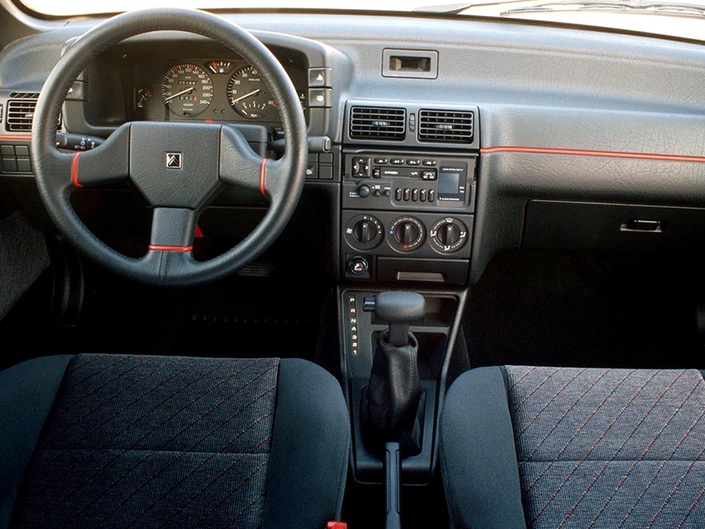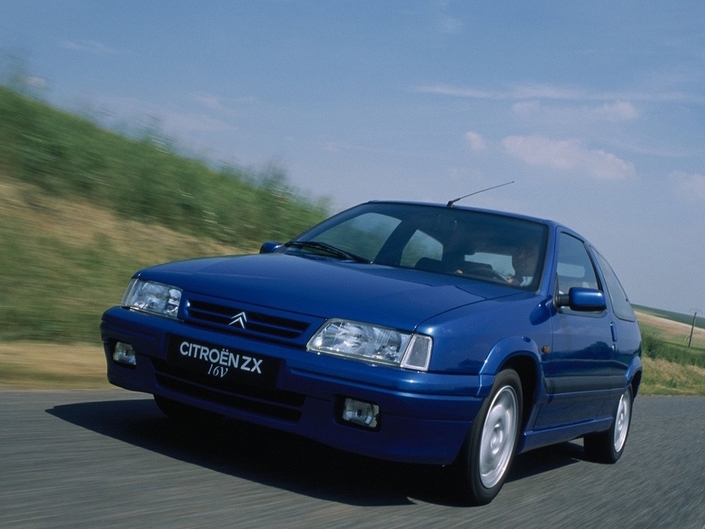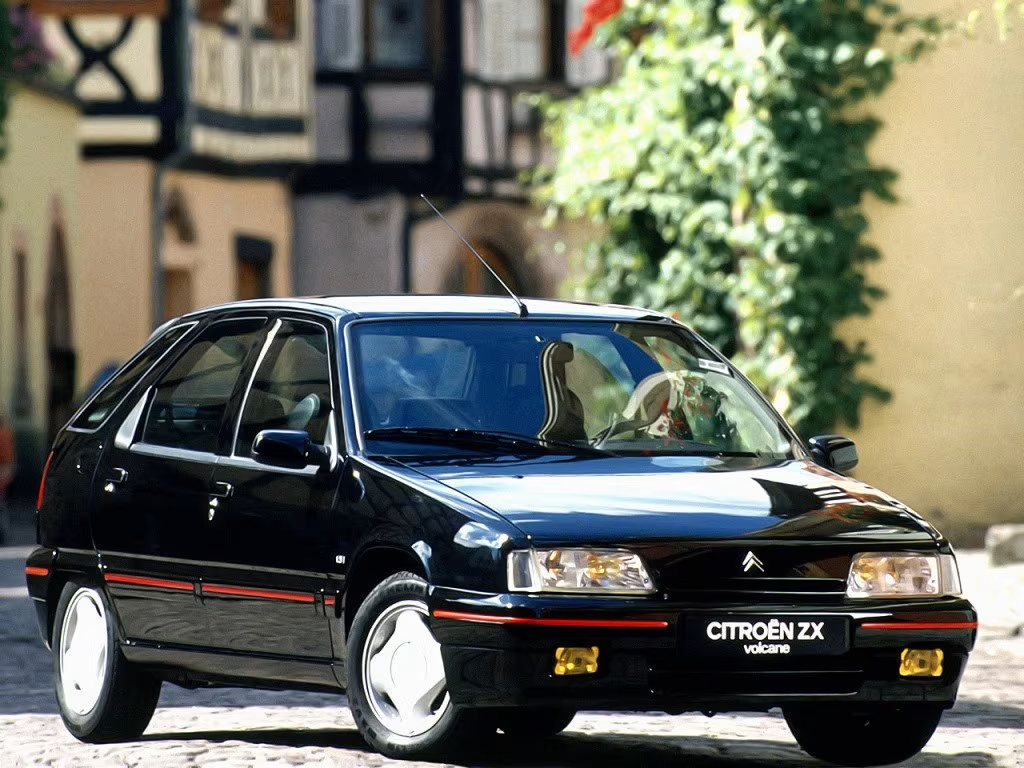[Citroën sports cars] Citroën ZX Volcane: the discreet sports car that deserved the name GTI
- Jérémy

- Aug 20
- 3 min read

In our series dedicated to the sports cars that have defined Citroën's history, some models are iconic, while others, more discreet, are just as deserving of our attention. After celebrating the legends, today we focus on a car that perfectly embodies the philosophy of the understated performer: the Citroën ZX Volcane. Launched in the early 1990s, this compact car hid a fiery temperament beneath its conservative exterior. Far from the exuberance of some of its rivals, it fulfilled its mission with formidable efficiency and a balance that cemented the reputation of the brand's engineering prowess. Let's take a look back at a beloved modern classic that delivered genuine performance without making a scene.
The birth of a discreet yet effective performer
In the early 1990s, Citroën entered a new era. The brand, aiming to streamline its lineup and introduce a model capable of competing with benchmarks in the C-segment like the Peugeot 308 and Volkswagen Golf, launched the ZX in 1991. The design was deliberately mainstream and less polarizing than its predecessors, the BX and CX, intended to appeal to the broadest possible audience. However, Citroën did not forget enthusiasts of dynamic driving. From its launch, the range was topped by a version with sporting ambitions: the Volcane. The name, evoking power and energy, held great promise. Under the bonnet lay a familiar engine, the 1.9-liter fuel-injected unit producing 130 horsepower, inherited directly from the Peugeot 205 and 309 GTI. This proven engine, known for its flexibility and high-revving character, propelled the ZX Volcane to a top speed of 205 km/h (127 mph) and enabled it to go from 0 to 100 km/h (0-62 mph) in 9 seconds. Available in both 3- and 5-door body styles, it offered a versatility that was rare for a car of its caliber. Aesthetically, the Volcane distinguished itself with subtle details: specific alloy wheels, a discreet red pinstripe along the bumpers and side mouldings, "Volcane" badges, and supportive bucket seats. A far cry from the flamboyance of a Golf GTI or the assertive sportiness of a 309 GTI, the ZX opted for sobriety. It was a GTI in a business suit, capable of blending into traffic during the week and revealing a completely different character on winding roads over the weekend. Its real ace was its chassis, featuring the famous passive rear-wheel steering system—an innovation that gave it exceptional agility and road-holding for its time, taming the sometimes-playful rear end of its Peugeot cousin.
A career in the shadow of the GTI acronym
Despite its undeniable qualities, the ZX Volcane never achieved the fame of its direct rivals. Why such obscurity? The name "Volcane," while marketable, lacked the legendary resonance of the "GTI" acronym, which had become a true hallmark for hot hatches. The public, accustomed to established codes, may have struggled to identify the ZX as a true sports car. Its design, considered too conservative by some, also didn't help forge a strong image at a time when car modification and appearance were becoming increasingly important. The Volcane's career also underwent changes that slightly diluted its initial character. In July 1992, the introduction of Euro I emission standards forced Citroën to adopt a catalytic converter. The 1.9L engine was replaced by a 2.0L unit producing 123 horsepower. While raw power decreased, low-end torque improved, making the car smoother but less explosive. This version, also available with an automatic transmission, confirmed its orientation more towards "Grand Touring" than pure "Sport." Citroën even extended the Volcane name to a 92-horsepower Turbo Diesel version—a heresy for purists but a commercially savvy move. The true spiritual successor arrived in 1992 with the ZX 16v. Equipped with a 2.0L 16-valve engine initially developing 155, then 150 horsepower, it offered more radical performance. In late 1996, a final evolution boosted its output to 167 horsepower, putting it on par with the formidable Peugeot 306 S16. This rarer and more expensive 16v version has somewhat overshadowed the Volcane in the collective memory of sports car enthusiasts.
In conclusion, while the Citroën ZX Volcane remains less famous than the legendary BX GTi or its successor, the Xsara VTS, it is nonetheless a brilliant automotive proposition. It represented a remarkable synthesis of comfort, versatility, and performance, true to Citroën tradition. Its exceptional chassis and willing engine made it a true joy to drive, an authentic GTI hidden under the bodywork of a well-behaved compact sedan. Its name, in the end, was perhaps its only flaw: too poetic for a world of logos and acronyms. Regardless, the ZX Volcane was much more than just a trim level; it was a potent and well-rounded version that offered a driving experience comparable, if not superior, to many of its more ostentatious competitors. It is a modern classic that is ripe for rediscovery.











Comments